What is the difference between electrical wire and electrical cable?
1. Structure and Dimensions Wire: Typically consists of several flexible conductors with an insulating layer on the outside. Wires are smaller in size and have a relatively simple structure. Cable: Consists of one or more conductive cores that are insulated from each other, usually surrounded by a protective sheath. Cables are larger in size and have a more complex structure.2. Purpose Wire: Primarily used for transmitting smaller amounts of electricity and signals, suitable for connecting house
Encyclopedia
12/03/2024
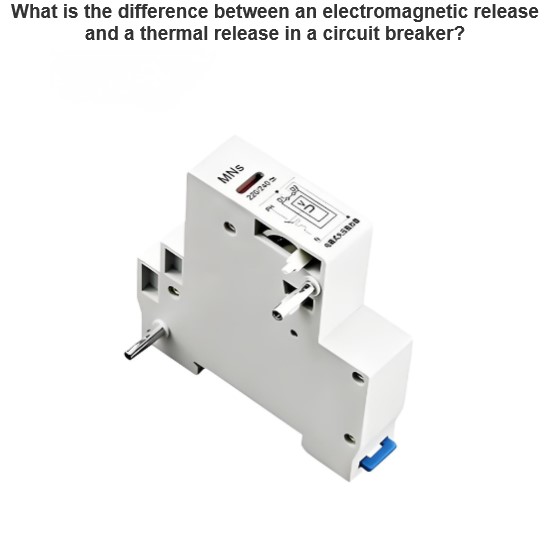
What is the difference between an electromagnetic release and a thermal release in a circuit breaker?
Differences Between Magnetic Trip Units and Thermomagnetic Trip Units in Circuit BreakersIn circuit breakers, magnetic trip units (Magnetic Trip Unit) and thermomagnetic trip units (Thermomagnetic Trip Unit) are two different protection mechanisms that detect and respond to overcurrent conditions in distinct ways. Below are the main differences between them:1. Working PrincipleMagnetic Trip UnitWorking Principle: A magnetic trip unit detects short circuits or instantaneous high currents through
Encyclopedia
11/30/2024
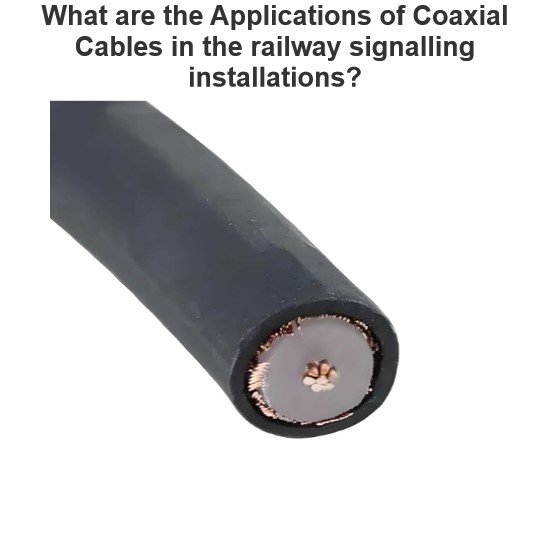
What are the Applications of Coaxial Cables in the railway signalling installations?
Based on the provided search results, although there is no direct mention of specific applications of coaxial cable in railway signaling equipment, we can speculate on its possible use cases based on its extensive applications in other fields. Here are some potential applications of coaxial cable in railway signaling equipment: Signal Transmission: Coaxial cables can be used for signal transmission in railway signal systems due to their excellent shielding performance and low signal loss, ensuri
Encyclopedia
11/29/2024
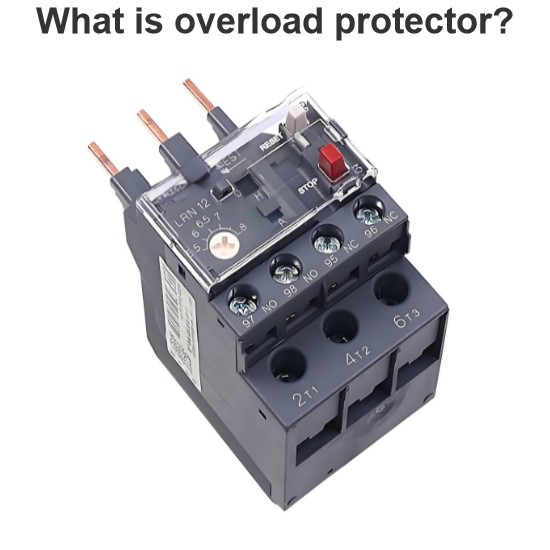
What is overload protector?
An overload protector is an electrical device designed to protect circuits and electrical equipment from damage caused by overload currents. Overload refers to a situation where the current in a circuit exceeds its rated value for an extended period, but has not yet reached the level of a short circuit. The overload protector detects the current in the circuit and disconnects it when the current exceeds a preset threshold, thereby preventing overheating, damage, or fires.Working PrincipleOverloa
Encyclopedia
11/29/2024
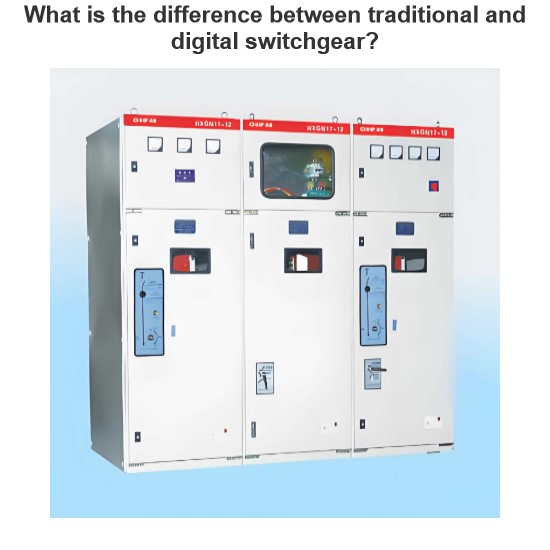
What is the difference between traditional and digital switchgear?
Traditional switchgear and digital switchgear differ significantly in terms of design, functionality, and application. Understanding these differences can help determine which type of switchgear is better suited for specific industrial needs. Below are the main distinctions between traditional and digital switchgear, along with their respective advantages and applicable scenarios:Traditional SwitchgearCharacteristics: Mechanical Structure: Primarily relies on physical components such as mechanic
Encyclopedia
11/29/2024
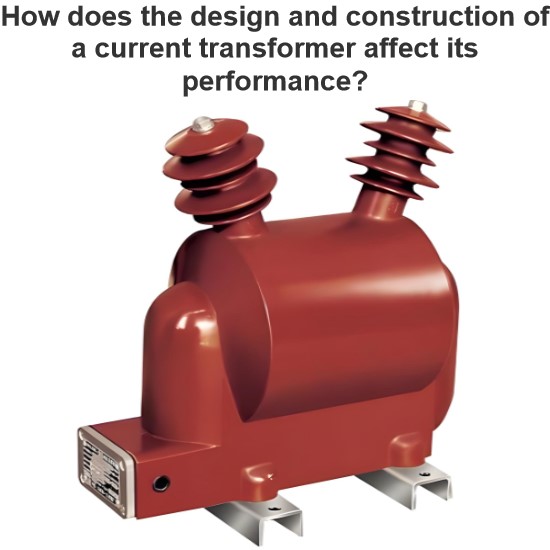
How does the design and construction of a current transformer affect its performance?
A current transformer (CT) is a device used to measure and protect the current in electrical circuits. Its design and construction significantly impact its performance. Below are several key factors in the design and construction of a current transformer and how they affect its performance:1. Core MaterialMaterial Selection: Silicon Steel: Commonly used for its good magnetic permeability and low losses, suitable for high-frequency applications. Permalloy: Offers higher magnetic permeability and
Encyclopedia
11/28/2024
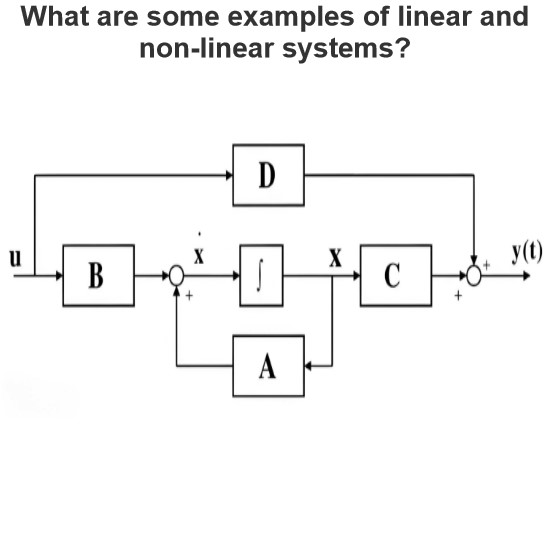
What are some examples of linear and non-linear systems?
Examples of Linear and Nonlinear SystemsLinear and nonlinear systems are two important categories in control systems theory. Linear systems exhibit behavior that follows the superposition principle, while nonlinear systems do not. Below are some typical examples of linear and nonlinear systems:Linear SystemsLinear systems are characterized by a linear relationship between input and output, meaning they satisfy the principles of superposition and homogeneity. Common examples of linear systems inc
Encyclopedia
11/28/2024
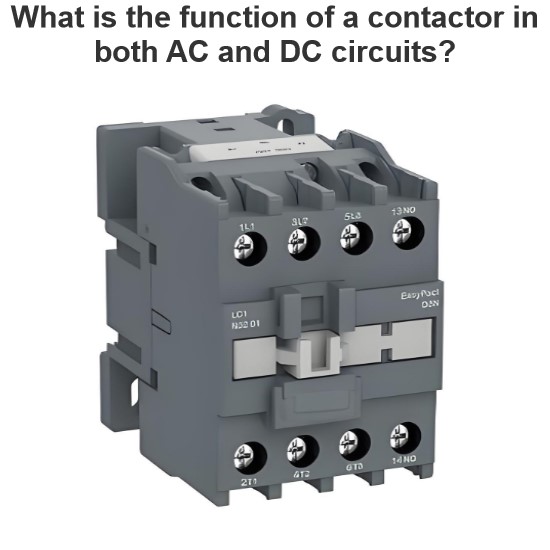
What is the function of a contactor in both AC and DC circuits?
Role of Contactors in AC and DC CircuitsA contactor is an automatic switch used to frequently connect and disconnect circuits. It is widely applied in power systems. While the basic principle of contactors is similar in both AC and DC circuits, their roles can differ slightly. Below is a detailed explanation of the role of contactors in these two types of circuits:Basic Principles of ContactorsA contactor consists of three main parts: Electromagnetic System: Includes the coil and core, used to g
Encyclopedia
11/28/2024
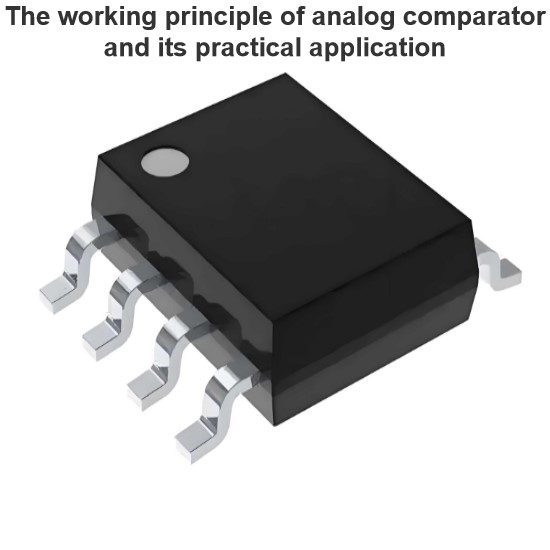
The working principle of analog comparator and its practical application
Working Principle and Practical Applications of Analog ComparatorsAn analog comparator is a fundamental electronic component used to compare two input voltages and output a corresponding result. It has a wide range of applications in various electronic systems. Below is a detailed explanation of the working principle and practical applications of analog comparators.Working PrincipleBasic Structure: An analog comparator typically consists of a differential amplifier with two input terminals: the
Encyclopedia
11/27/2024
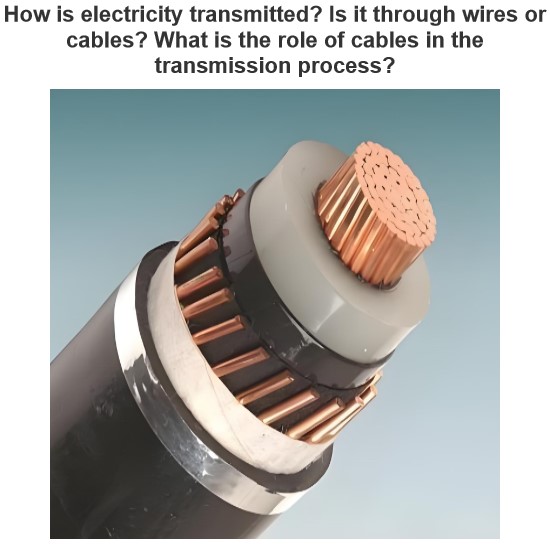
How is electricity transmitted? Is it through wires or cables? What is the role of cables in the transmission process?
Electricity is primarily transmitted through wires and cables. Both wires and cables play crucial roles in the transmission of electrical energy, not only for conveying the energy but also for protecting and managing it. Below is a detailed explanation of the process of electricity transmission and the specific roles of wires and cables.Basic Process of Electricity Transmission Generation:Electricity is first generated at power plants, which can use various energy sources such as coal, natural g
Encyclopedia
11/27/2024









